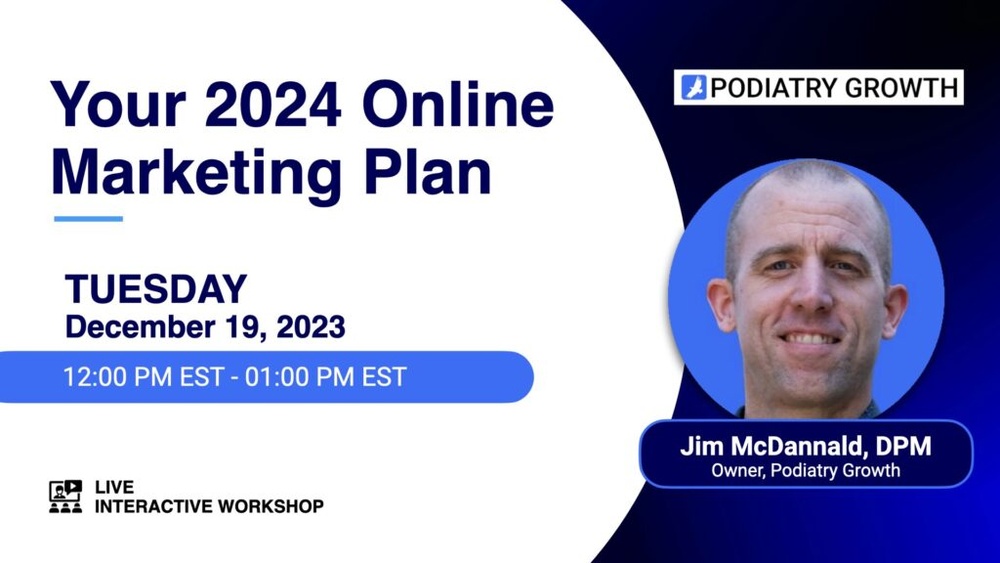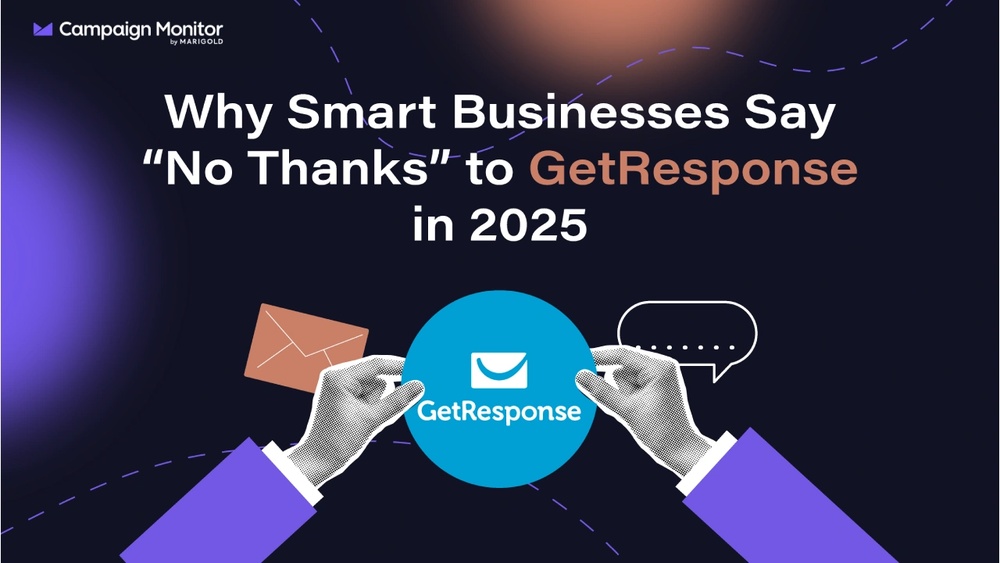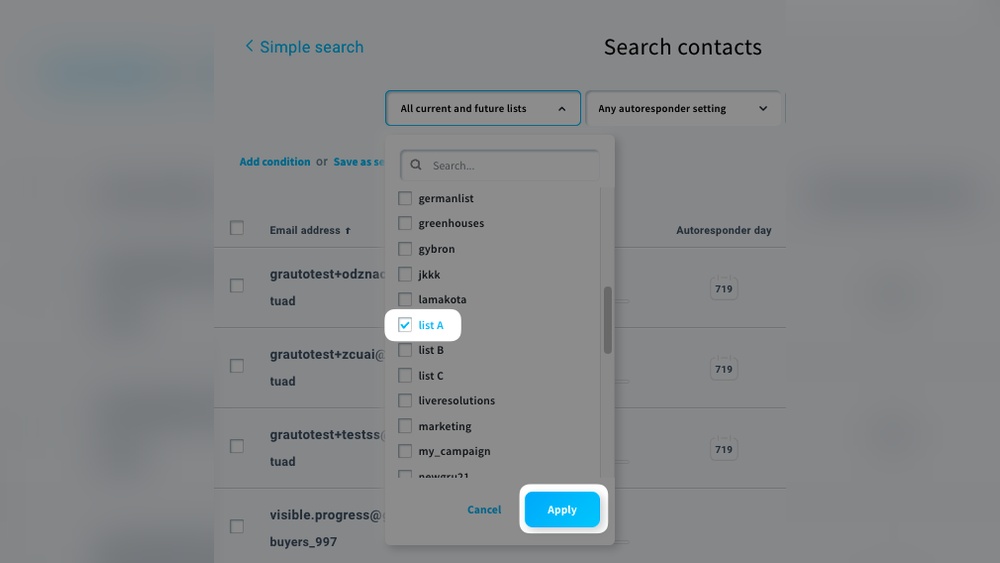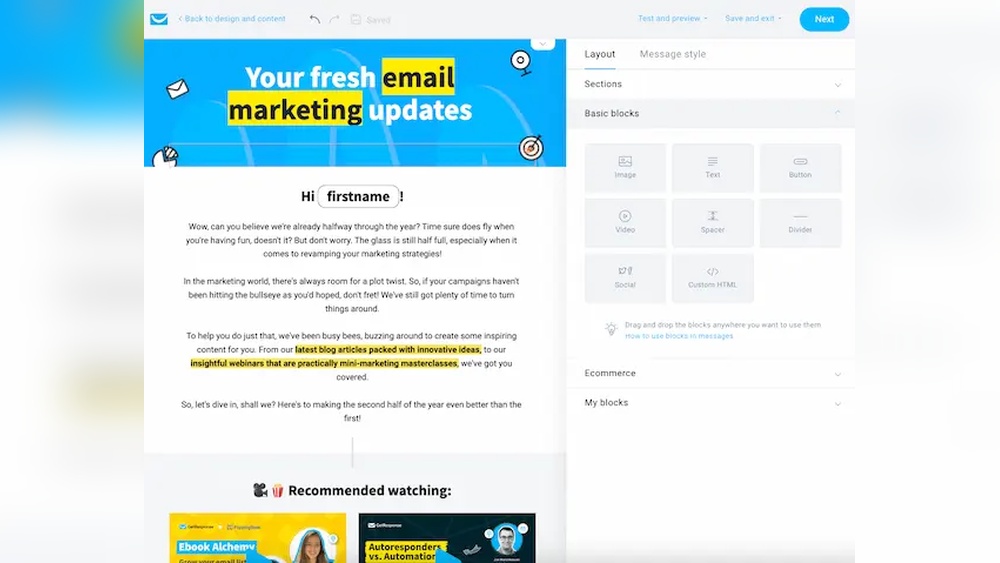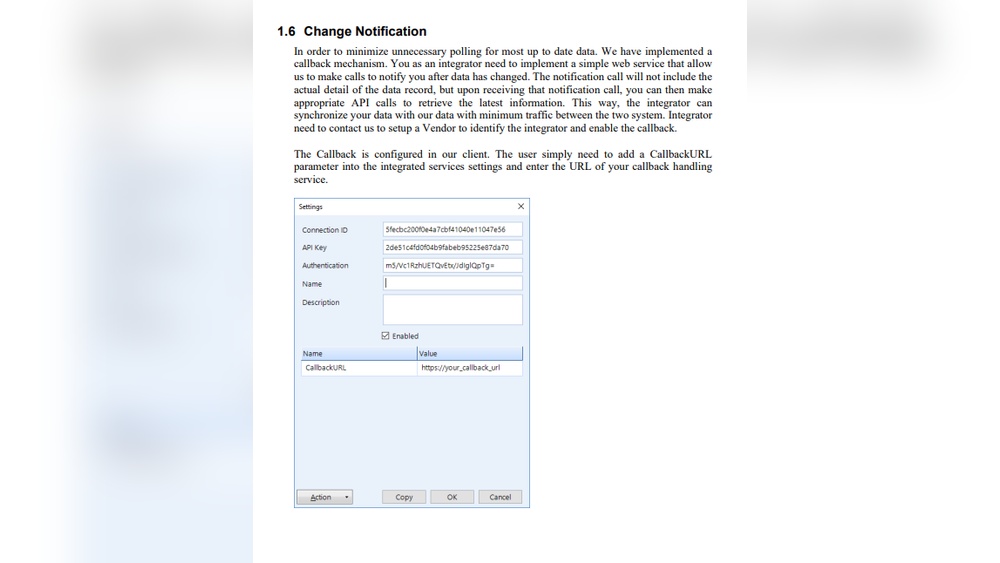Are you looking to amplify your business reach and connect with your audience in a more personalized way? Building a robust email marketing strategy might just be the solution you need.
Imagine having the ability to speak directly to your customers, delivering messages that resonate and inspire action. With the right approach, email marketing can become your most powerful tool, driving engagement and boosting sales. But where do you start, and how can you ensure your strategy is effective?
You’re about to discover the secrets to crafting an email marketing strategy that not only captures attention but also fosters lasting relationships. Keep reading to unlock the potential of email marketing for your business.
Understanding Email Marketing
Understanding email marketing is crucial for any business today. It involves sending targeted messages directly to people’s inboxes. This strategy builds relationships and drives engagement. Email marketing can increase sales and promote brand loyalty. By understanding its core principles, businesses can leverage its potential.
What Is Email Marketing?
Email marketing is a digital marketing tool. It uses emails to communicate with audiences. Companies send promotional emails, newsletters, and updates. These emails aim to inform, engage, and convert readers. The goal is to build a connection with subscribers. Effective email marketing nurtures leads and boosts sales.
Why Email Marketing Matters
Email marketing reaches people directly. Unlike social media, it is personal and targeted. Subscribers have opted in, showing interest in your brand. This makes emails more likely to be opened. They often lead to higher conversion rates. Email marketing provides valuable insights through analytics. Businesses can track open rates, click rates, and conversions.
Types Of Email Marketing Campaigns
There are various types of email campaigns. Welcome emails introduce new subscribers to your brand. Newsletters keep them informed about updates. Promotional emails offer discounts and special deals. Transactional emails confirm purchases or provide receipts. Each type serves a unique purpose. Understanding these can enhance your strategy.
Building Your Email List
An email list is a vital asset. It consists of people interested in your content. You can build this list through sign-up forms on your website. Offering freebies or exclusive content can encourage subscriptions. Quality matters more than quantity. A smaller, engaged list is better than a large, inactive one.

Credit: www.linkedin.com
Setting Clear Goals
Clear goals guide your email marketing strategy effectively. Define what you want to achieve. Whether it’s increasing subscribers or boosting sales, clarity helps focus efforts and measure success.
Building an effective email marketing strategy starts with setting clear goals. Without a roadmap, your efforts may lack direction and impact. Clarity in your objectives guides every decision, ensuring that your campaigns are aligned with your business needs. When you define what success looks like, you can track progress and make necessary adjustments. Let’s dive into how you can set clear goals for your email marketing strategy.Defining Objectives
Before sending any emails, define what you want to achieve. Are you looking to increase sales, boost brand awareness, or nurture customer relationships? Each objective will shape your approach and the type of content you send.Consider your business’s current needs and future aspirations. If your goal is to increase sales, focus on crafting persuasive calls to action. If it’s brand awareness, your content should be more engaging and shareable.Write down your objectives and keep them visible. This simple act keeps your goals top of mind and ensures that every email supports them. Setting clear, measurable objectives is crucial for evaluating your strategy’s success.Identifying Target Audience
Knowing your audience is key to crafting emails that resonate. Who are you trying to reach? Understanding your target audience’s demographics, preferences, and behaviors helps tailor your content and offers.Use data to build detailed customer profiles. This could include age, location, and purchase history. The more precise your audience definition, the more relevant your emails will be.Engage with your audience through surveys or social media to gain insights. What do they value? What are their pain points? Use this information to refine your messaging and increase engagement.A clear target audience allows you to segment your email list effectively. This ensures that your messages are personalized, boosting open rates and conversions. Are you reaching the right people with the right message?Choosing The Right Tools
Choosing the right tools is essential for effective email marketing. The right tools help streamline processes and improve results. They can also save time and reduce errors. Let’s explore essential tools for your email marketing strategy.
Email Marketing Platforms
Email marketing platforms simplify sending newsletters and promotions. They offer templates and customization options. These platforms also provide analytics to track performance. Popular options include Mailchimp, Constant Contact, and SendinBlue. Evaluate features and pricing to find the best fit for your needs.
Automation Tools
Automation tools help manage repetitive tasks efficiently. They can schedule emails and segment audiences automatically. This ensures timely and personalized communication. Automation tools reduce manual effort and increase consistency. Look into options like HubSpot, ActiveCampaign, and Drip. Choose tools that integrate well with your existing systems.
Building An Email List
Building an email list is crucial for effective email marketing. It helps connect with your audience directly and personally. A strong list ensures your messages reach interested readers. It also boosts engagement and conversions. Let’s explore how to build an email list.
Opt-in Forms
Opt-in forms are essential for gathering email addresses. They should be easy to find on your website. Place them prominently in the header or footer. Make the form simple. Only ask for essential information. A name and email are usually enough. Use clear, inviting language. Encourage visitors to subscribe for updates or offers.
Lead Magnets
Lead magnets offer value in exchange for email addresses. They can be eBooks, checklists, or exclusive content. Ensure they are relevant to your audience’s interests. Quality matters more than quantity. A valuable lead magnet attracts more subscribers. Make it easy to access. Provide it immediately after sign-up. This builds trust and encourages more sign-ups.
Crafting Compelling Content
Building an effective email marketing strategy involves understanding your audience and crafting engaging content. Focus on creating clear subject lines that grab attention. Ensure each email provides value and encourages interaction.
Crafting compelling content is the heart of a successful email marketing strategy. It captures attention, builds trust, and drives action. Your content needs to be relevant and engaging. Each email should provide value to your subscribers. This keeps your audience interested and eager to hear from you. Let’s dive into how you can create such content.Writing Engaging Subject Lines
Subject lines are crucial. They are the first thing your audience sees. A great subject line grabs attention instantly. Use action words and keep it short. Aim for fewer than 50 characters. Personalize when possible. Include the subscriber’s name or location. Curiosity is powerful. Ask a question or tease the content inside. Test different styles to see what works best.Creating Valuable Content
Content must offer value. Solve a problem or offer a tip. Make it relevant to your audience. Use simple language and break up text with bullet points. Images and videos can make your content more engaging. Keep your message clear and concise. Avoid jargon or complex words. Encourage interaction by asking for feedback or opinions. This makes your audience feel involved.Engaging content isn’t just about words. It’s about connecting and building relationships.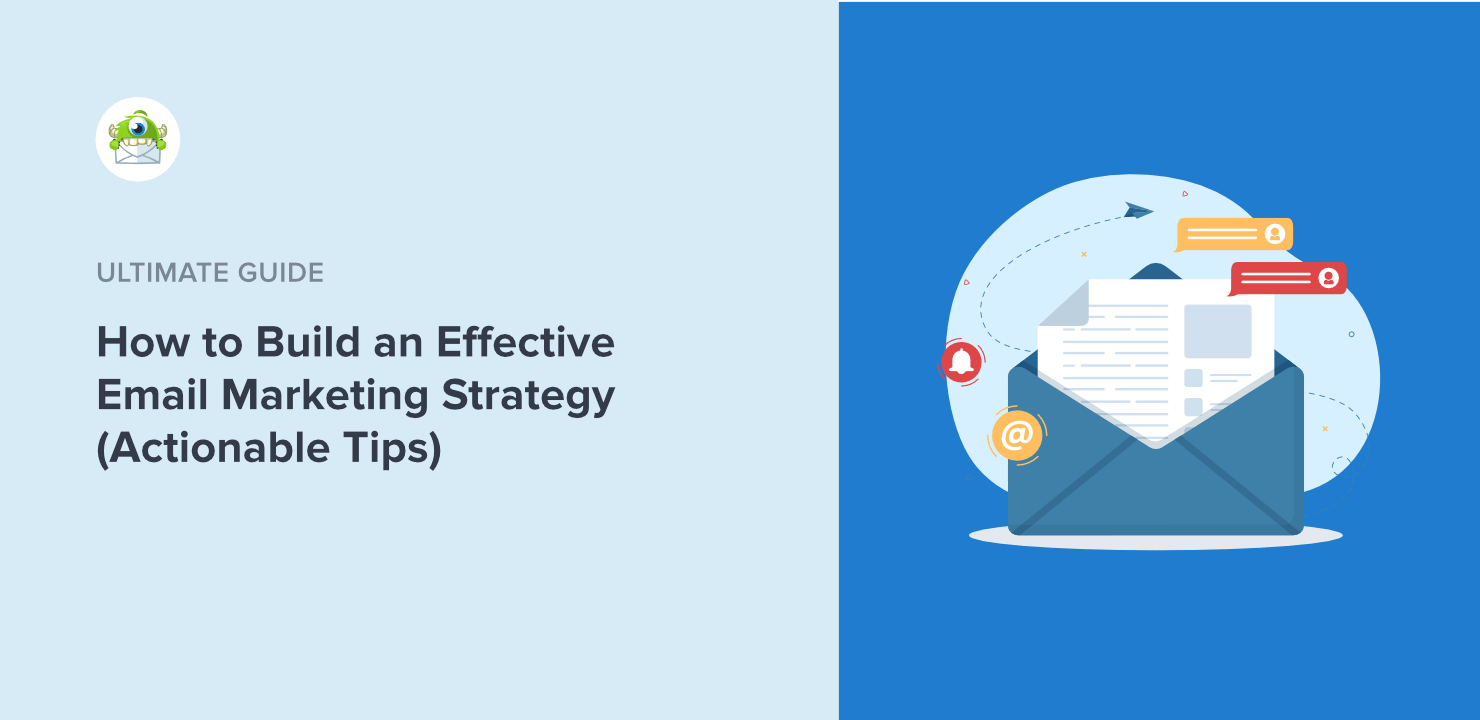
Credit: optinmonster.com
Designing Emails
Designing emails is crucial for your email marketing strategy. A well-designed email captures attention and encourages engagement. It should be visually appealing and easy to read. Your design choices can significantly impact open rates and conversions.
Layout And Design Tips
Focus on a clean and simple layout. Use a single column for better readability. Choose colors that align with your brand. Ensure the text is legible against the background. Include images that support your message. Keep them relevant and not too large. Use a clear and bold call-to-action button. It guides the reader on the next steps. Limit the use of different fonts to maintain consistency.
Mobile Optimization
Many people read emails on mobile devices. Ensure your emails look good on all screens. Use responsive design techniques. This adjusts the layout automatically. Keep the text large enough to read on small screens. Avoid using too many images. They can slow down loading times. Test your email on various devices before sending. This ensures it looks perfect everywhere.
Segmenting Your Audience
Dividing your audience into smaller groups helps tailor your email content. Each group receives messages that fit their needs. This approach boosts engagement and makes your strategy effective.
Segmenting your audience is a crucial step in crafting an effective email marketing strategy. By dividing your audience into smaller, more targeted groups, you can personalize your messaging, increase engagement, and boost conversion rates. Imagine receiving an email that speaks directly to your preferences and behaviors; it feels more like a conversation than a generic advertisement. This is the power of segmentation. Let’s dive into the specifics of demographic and behavioral segmentation to see how you can make this work for your business.Demographic Segmentation
Demographic segmentation involves dividing your audience based on quantifiable attributes like age, gender, income, education, or location. It’s one of the simplest forms of segmentation but can be incredibly effective. Consider a clothing retailer targeting different age groups with tailored promotions. A trendy new collection might appeal to younger audiences, while classic styles could resonate with older customers.To implement demographic segmentation, use sign-up forms to gather relevant data. Ask subscribers their location or age group and use this information to create custom email campaigns. Think about how a birthday offer could delight a customer, making them feel valued and appreciated.Behavioral Segmentation
Behavioral segmentation focuses on the actions and behaviors of your audience. This includes purchase history, browsing habits, and email engagement levels. It’s like having a window into your customers’ interests and needs. Suppose you notice a group of subscribers consistently clicking on tech-related content. Sending them a special offer on the latest gadgets could turn their curiosity into a purchase.Use tools to track user interactions and segment your audience based on these insights. Consider setting up automated triggers for customers who abandon their shopping carts. A gentle reminder email with a discount can encourage them to complete their purchase.Have you ever considered how your own online behaviors influence the emails you receive? This is behavioral segmentation at work, making your shopping experience more relevant and engaging.By understanding and implementing these segmentation strategies, you’re not just sending emails; you’re building relationships. How will you start segmenting your audience today?Personalizing Email Campaigns
Create impactful email marketing by personalizing campaigns to engage subscribers. Tailor content to match individual preferences, boosting connection and response rates. Crafting relevant messages helps build a strong strategy, fostering loyalty and driving results.
Personalizing email campaigns is a game-changer in building a successful email marketing strategy. Imagine receiving an email that feels like it was written just for you. That’s the power of personalization. It goes beyond simply addressing someone by their first name. It involves curating content that resonates with individual preferences and needs.Dynamic Content
Dynamic content is like having a conversation that adapts to the listener. It allows you to tailor your email content based on who is opening it. Different subscribers see different messages, images, or offers, all within the same email.You could send a special offer to loyal customers and a first-time discount to new subscribers—all in one campaign. This keeps your emails relevant and engaging, increasing the likelihood of conversion. Have you ever considered how receiving just the right message at the right time can influence your buying decisions?Using Customer Data
Customer data is your secret weapon in personalization. It helps you understand your audience’s preferences, purchase history, and behavior patterns. By analyzing this data, you can send targeted emails that speak directly to their needs.Segment your audience based on demographics, past interactions, or even their browsing history on your website. For example, if a customer frequently buys sports gear, you can highlight new arrivals in their favorite category. Does your email content feel like it’s speaking directly to your interests?Make sure to update your data regularly to keep your insights fresh. This approach not only boosts engagement but also fosters a stronger connection with your audience. What steps are you taking to harness the power of customer data in your email campaigns?A/b Testing Strategies
Developing an effective email marketing strategy involves using A/B testing. This method compares different versions of emails to see which performs better. By analyzing results, you can refine your approach and create more engaging content for your audience.
Creating an effective email marketing strategy requires careful planning and a willingness to test and adjust. One powerful method to fine-tune your emails is A/B testing. By comparing two versions of an email to see which performs better, you can make informed decisions that lead to higher engagement and conversions. A/B testing is not just a one-time task; it’s an ongoing process that helps you understand your audience’s preferences and behaviors. Let’s delve into some key strategies to leverage A/B testing in your email campaigns.Testing Subject Lines
Subject lines are the first impression your email makes. They determine whether your email gets opened or ignored. By testing different subject lines, you can discover what resonates most with your audience.Consider testing variations in length, tone, and personalization. Short and sweet might work for some, while others may respond better to a more descriptive approach. Personalizing subject lines with the recipient’s name or a local reference can also increase open rates. Imagine receiving an email that feels like it was crafted just for you. Wouldn’t you be more likely to open it?Evaluating Content Variations
Once your email is opened, the content must capture attention and drive action. A/B testing different content variations helps identify what truly engages your audience.Experiment with different types of content, such as text-heavy versus image-rich emails. Does your audience prefer a straightforward message or a story-driven approach? Testing different call-to-action (CTA) buttons is also crucial. Try varying the wording, color, or placement of CTAs to see what gets more clicks.Think about your own experience. Have you ever noticed how certain emails just seem to pull you in, while others barely get a glance? Those engaging emails likely went through rigorous testing to identify what works.By incorporating A/B testing into your email marketing strategy, you can continuously refine your approach. This ensures that your emails not only reach your audience but also resonate with them. So, are you ready to start testing and transforming your email marketing success?Analyzing Campaign Performance
Analyzing campaign performance helps refine your email marketing strategy. Track metrics like open rates and click-through rates. Use insights to adjust content and timing for better engagement.
Analyzing the performance of your email marketing campaigns is crucial for understanding what works and what needs improvement. Many people launch campaigns, but few take the time to evaluate their success. This evaluation helps you refine your strategy for better results. By focusing on key metrics and interpreting the results effectively, you can transform your email marketing efforts into a powerful tool.Key Metrics To Track
When assessing your email campaigns, focus on metrics that truly matter. Open rate indicates how appealing your subject lines are. If your open rate is low, consider tweaking your subject lines or experimenting with different send times. Click-through rate (CTR) shows how engaging your email content is. A low CTR might mean your call-to-action isn’t compelling enough. Conversion rate reveals how many recipients took the desired action. This is the ultimate measure of your email’s success.Use these metrics as benchmarks to set realistic goals. Regularly compare your results to these benchmarks to see if you’re improving. This continuous tracking helps you stay aligned with your marketing objectives.Interpreting Results
Understanding the story behind the numbers is key. If your open rates are high but CTR is low, your subject lines might promise more than the content delivers. Dive into the content to see what might be falling flat. On the other hand, if the conversion rate is low despite good CTR, revisit your landing page or offer.Ask yourself what the data tells you about your audience’s preferences. Are there specific times or days that yield better results? Use this information to adjust your scheduling.Remember, numbers alone don’t tell the full story. Consider qualitative feedback from surveys or direct responses to gain deeper insights. This holistic approach ensures that your email marketing strategy is not just data-driven but also customer-centric.Have you ever noticed a surprising trend in your campaign data? Share your thoughts in the comments—your insights could be the key to unlocking better results!Maintaining List Health
Building a successful email marketing strategy requires maintaining list health. Regularly clean your email list to ensure engagement. Remove inactive subscribers to improve open rates and click-throughs.
Maintaining a healthy email list is crucial for successful email marketing. It ensures that your messages reach the right audience. A clean list improves deliverability rates and engagement. This leads to higher conversion rates and a better return on investment. Keeping your list healthy involves managing subscriptions and cleaning up your email lists regularly.Managing Subscriptions
Regularly update your subscription options. Offer subscribers the chance to update preferences. This empowers them to choose what content they want. Provide easy-to-find unsubscribe links. This respects their wishes and maintains a positive brand image. Send a confirmation email after they subscribe. This confirms their interest and sets expectations. A welcome email also helps build initial engagement.Cleaning Up Email Lists
Over time, email lists accumulate inactive subscribers. Remove these to improve list performance. Use email verification tools to spot invalid addresses. This prevents bounces and enhances sender reputation. Segment your list based on engagement levels. Target engaged users with personalized content. Consider a re-engagement campaign for inactive users. If they don’t respond, it’s time to say goodbye. A clean list means better open rates and fewer spam complaints.Compliance And Regulations
Email marketing is powerful. But, it must follow rules. Compliance and regulations are crucial. They protect both businesses and consumers. Understanding these laws helps avoid penalties. It builds trust with your audience. Let’s explore key regulations in email marketing.
Understanding Gdpr
GDPR stands for General Data Protection Regulation. It applies to businesses in the EU. It also affects companies outside the EU. If they handle EU citizens’ data, GDPR applies. It ensures data privacy and security. Consent is vital under GDPR. Users must agree to receive emails. Clear opt-in processes are necessary. Provide information on how data is used. Offer easy opt-out options. Transparency builds trust with subscribers.
Can-spam Act Guidelines
CAN-SPAM Act applies in the United States. It sets rules for commercial emails. It prevents misleading information. Every email must have a clear subject line. Include your physical address in emails. Give recipients a way to unsubscribe. Honor opt-out requests promptly. Do not use deceptive headers. These guidelines help maintain transparency. They keep your email marketing lawful.

Credit: reachvoters.com
Frequently Asked Questions
How To Create An Email Marketing Strategy?
Define your goals and target audience. Segment your email list for personalized content. Craft engaging subject lines and concise emails. Schedule your campaigns and analyze results for improvements.
What Is The 80/20 Rule In Email Marketing?
The 80/20 rule in email marketing suggests focusing 80% on valuable content and 20% on promotional material. This approach enhances engagement, builds trust, and fosters stronger subscriber relationships, ultimately improving conversion rates. Prioritize informative and engaging content to keep audiences interested while subtly promoting products or services.
What Are The 5 T’s Of Email Marketing?
The 5 T’s of email marketing are Targeting, Timing, Technique, Testing, and Tracking. Target your audience accurately. Send emails at optimal times. Use effective techniques. Conduct regular testing. Track performance metrics for improvements.
Conclusion
Crafting an email marketing strategy takes careful planning and execution. Focus on understanding your audience. Create content that speaks directly to them. Consistency in your messages is key. Track your results to see what works best. Adjust your strategy based on feedback and data.
Keep your emails clear and concise. Always aim for value in each email you send. Remember, building relationships takes time. Stay patient and persistent in your efforts. With dedication, your email marketing can thrive. Stay committed to learning and improving your strategy.
Success will follow.

